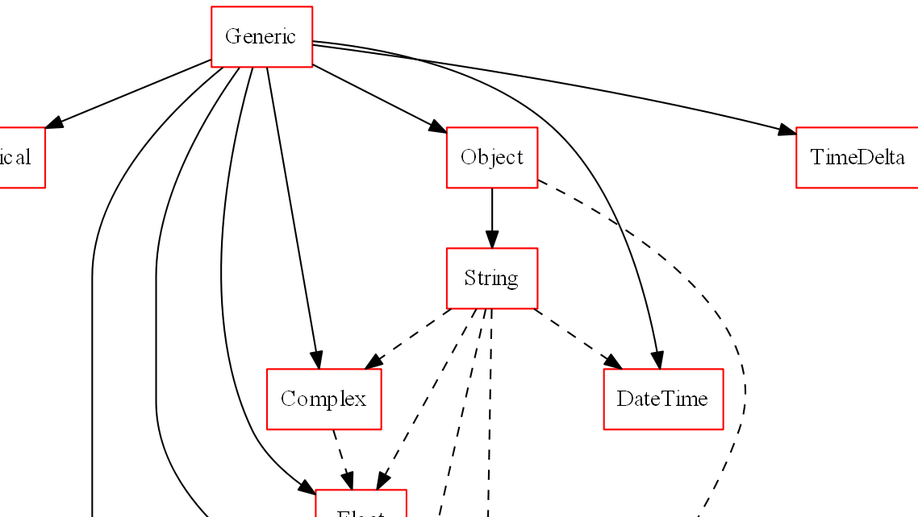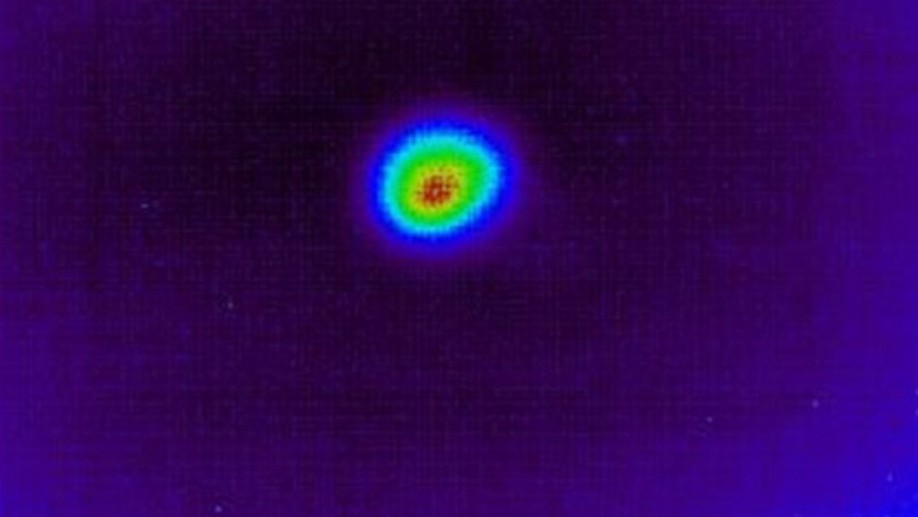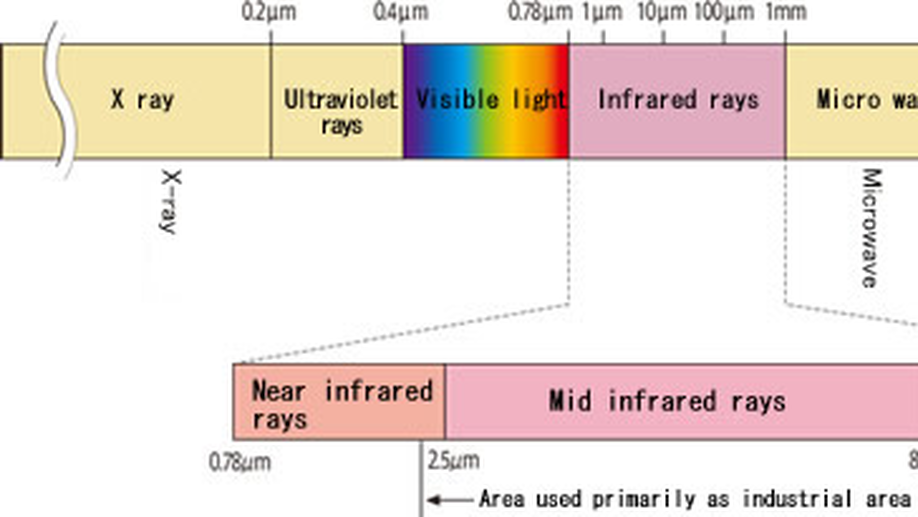
Visions: An Open-Source Library for Semantic Data
Many common data workflows such as loading tabular data from plain text files, data compression, and machine learning data processing rely on semantically meaningful representations of the data’s type. Most type inference algorithms, including those used by pandas and within the tidyverse employ rule-based heuristics tightly coupled to the machine type implementation used by the library. In practice these two representations are distinct. For example, while the set of real numbers between 0 and 1 are stored on the computer disk as float, their semantics might instead be a probability. Visions is an expressive, user-configurable framework for capturing the semantic relations between data types forming a development bedrock supporting a range of potential applications.

Time-dependent spatial intensity profiles of near-infrared idler pulses from nanosecond optical parametric oscillators
We report on an experimental investigation of the time-dependent spatial intensity distribution of near-infrared idler pulses from an optical parametric oscillator measured using an infrared (IR) camera, in contrast to beam profiles obtained using traditional knife-edge techniques. Comparisons show the information gained by utilizing the thermal camera provides more detail than the spatially- or time-averaged measurements from a knife-edge profile. Synchronization, averaging, and thresholding techniques are applied to enhance the images acquired. The additional information obtained can improve the process by which semiconductor devices and other IR lasers are characterized for their beam quality and output response and thereby result in IR devices with higher performance.

Synchronized Mid‐Infrared Beam Characterization of Narrow Gap Semiconductors
The near‐ and mid‐infrared output from the idler of an optical parametric oscillator (OPO) and from antimonide‐based narrow gap semiconductors is imaged using an infrared camera that yields 30 Hz (interlaced) and 60 Hz (deinterlaced) images. These images are collected in free‐running, synchronized, and slow phase slip modes utilizing hardware and software platforms for synchronization of the camera with the 10 Hz, 4 ns output from the OPO. This method is useful for analyzing mid‐infrared semiconductor output as well as correlating that output with characteristics of the optical pump used to stimulate mid‐infrared emission.